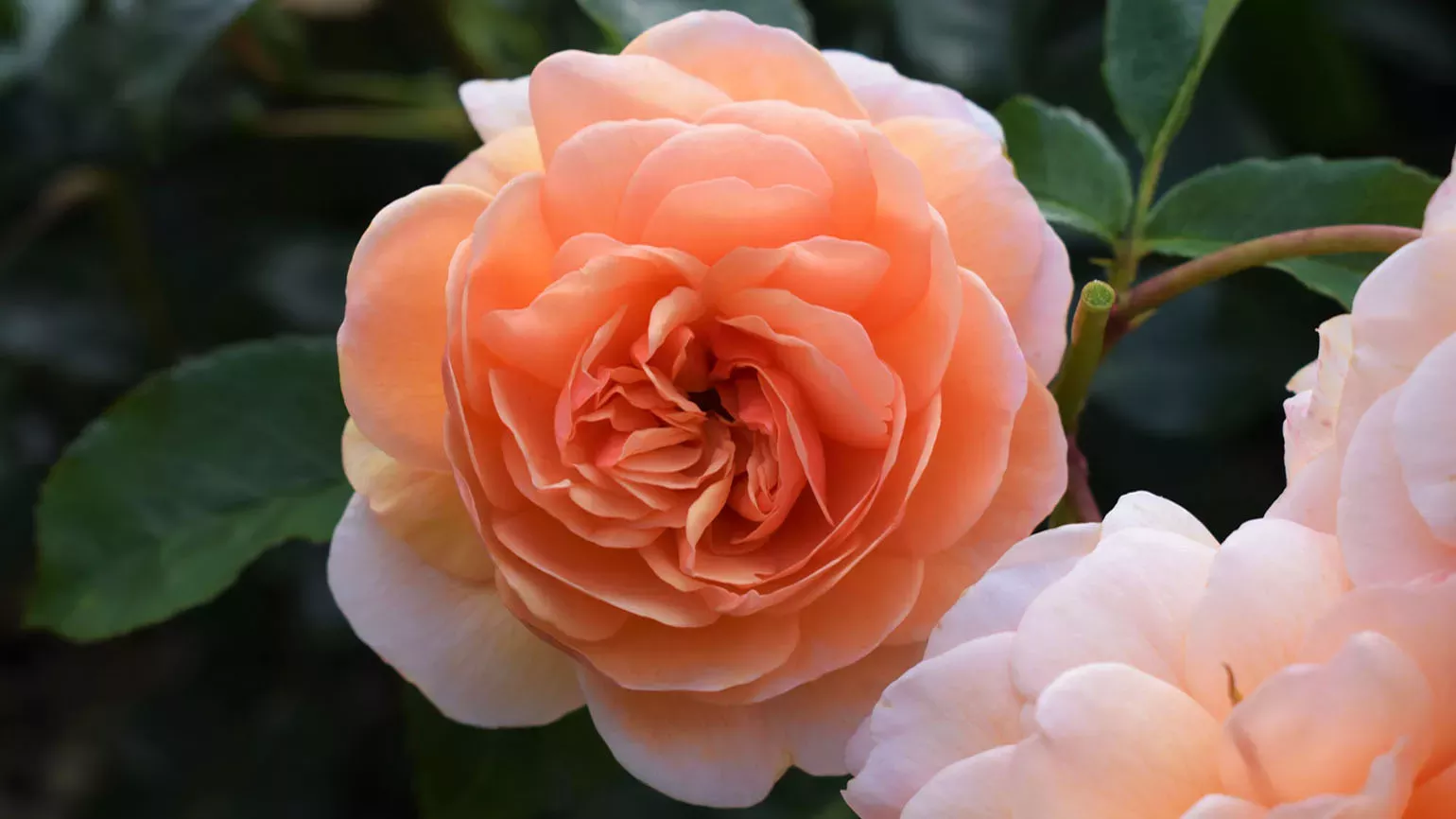18 May 2020
How to create a sensory garden
Turn your outdoor space into a sensory garden to awaken your senses and soothe your mind.

A sensory garden is all about stimulating and engaging the five basic senses of sight, smell, sound, touch and taste.
This type of garden not only allows you to connect to nature, but encourages you to become more aware of your surroundings and your response to them, tapping into the principles of mindfulness.
Spending time in a sensory garden can help enhance your sense of wellbeing, reduce stress and calm your mind.
Here are some top tips on how to create your own sensory garden, whether in your garden, terrace, or balcony.
Garden layout
The design of your sensory garden may be thematic, laid out to stimulate individual senses at different times, or as a multi-sensory mixture.
Journey through the senses by separating your garden into distinct sense zones, such as sight, smell or taste.
Or you can bring together and mix different elements to engage multiple senses at once.
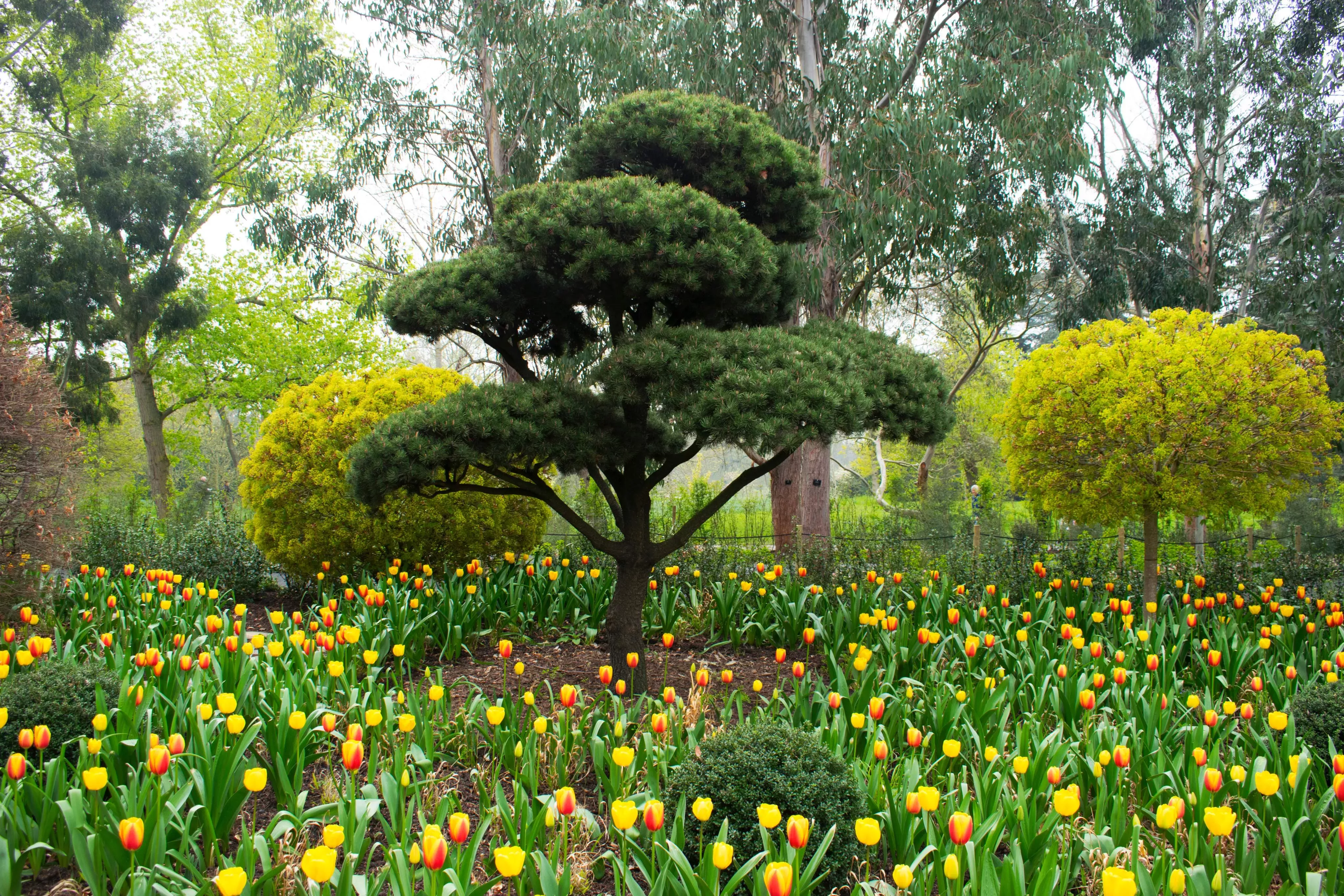
Sight
One of the most obvious ways to stimulate the senses in your garden is by sight.
Create a sensory feast of diverse plant colour, shape, size, texture and patterns.
You might want to opt for bright and bold flowers, like purple coneflower (Echinacea purpurea), pelargoniums, tulips, and alliums.
Or perhaps a rainbow of native wildflowers, such as common poppies (Papaver rhoeas), ox-eye daisy (Leucanthemum vulgare), ragged robin (Lychnis flos-cuculi), and corn marigold (Glebionis segetum).
These colourful wildflowers will also attract pollinating bees and butterflies, adding movement and an extra visual dimension to your garden.
If you have limited space, such as a balcony or small terrace, you could grow and display your plants in containers.
A variety of architecture, height, shape, hues, and patterns can be created with different species of trees, shrubs and other plants.
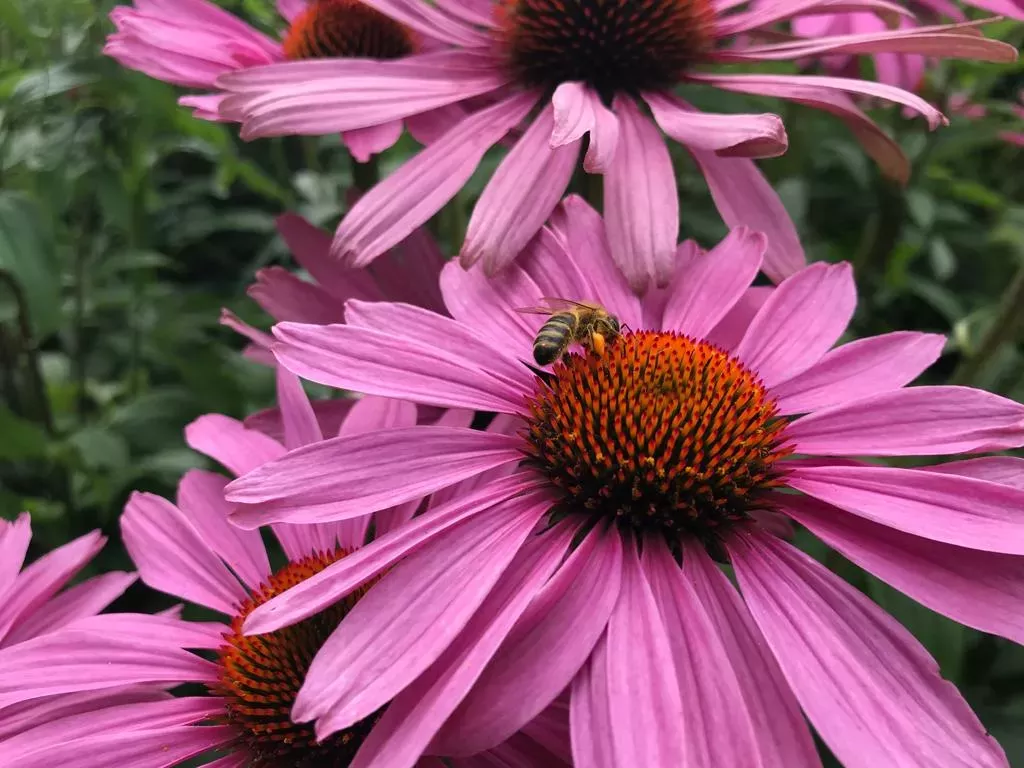
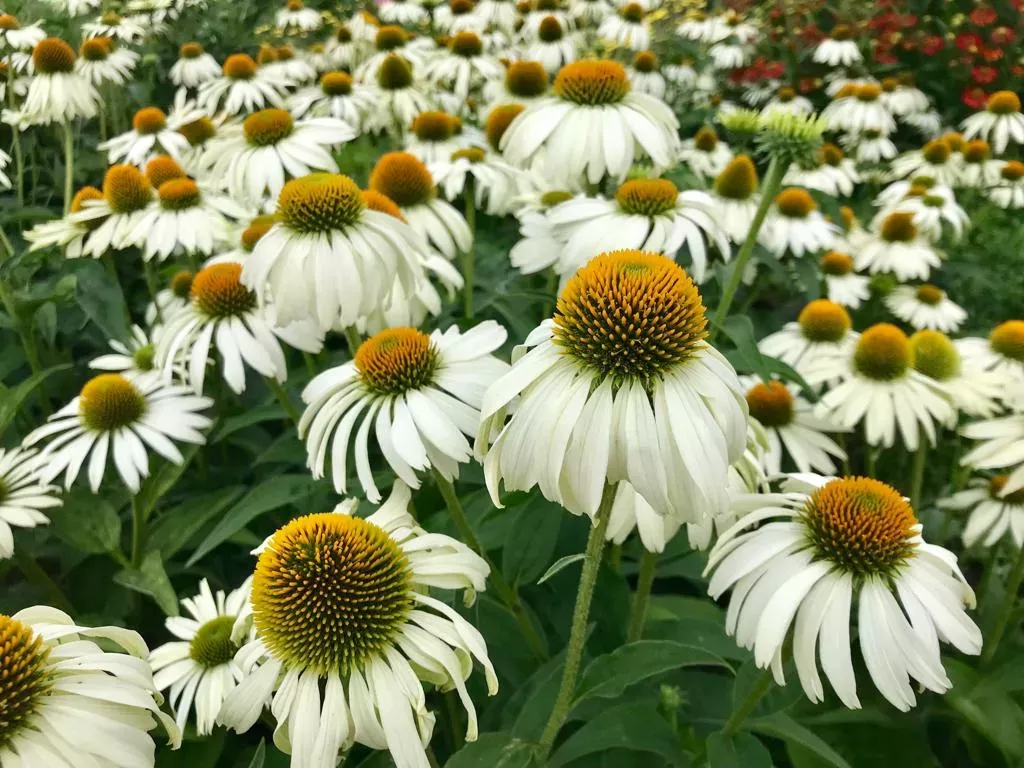
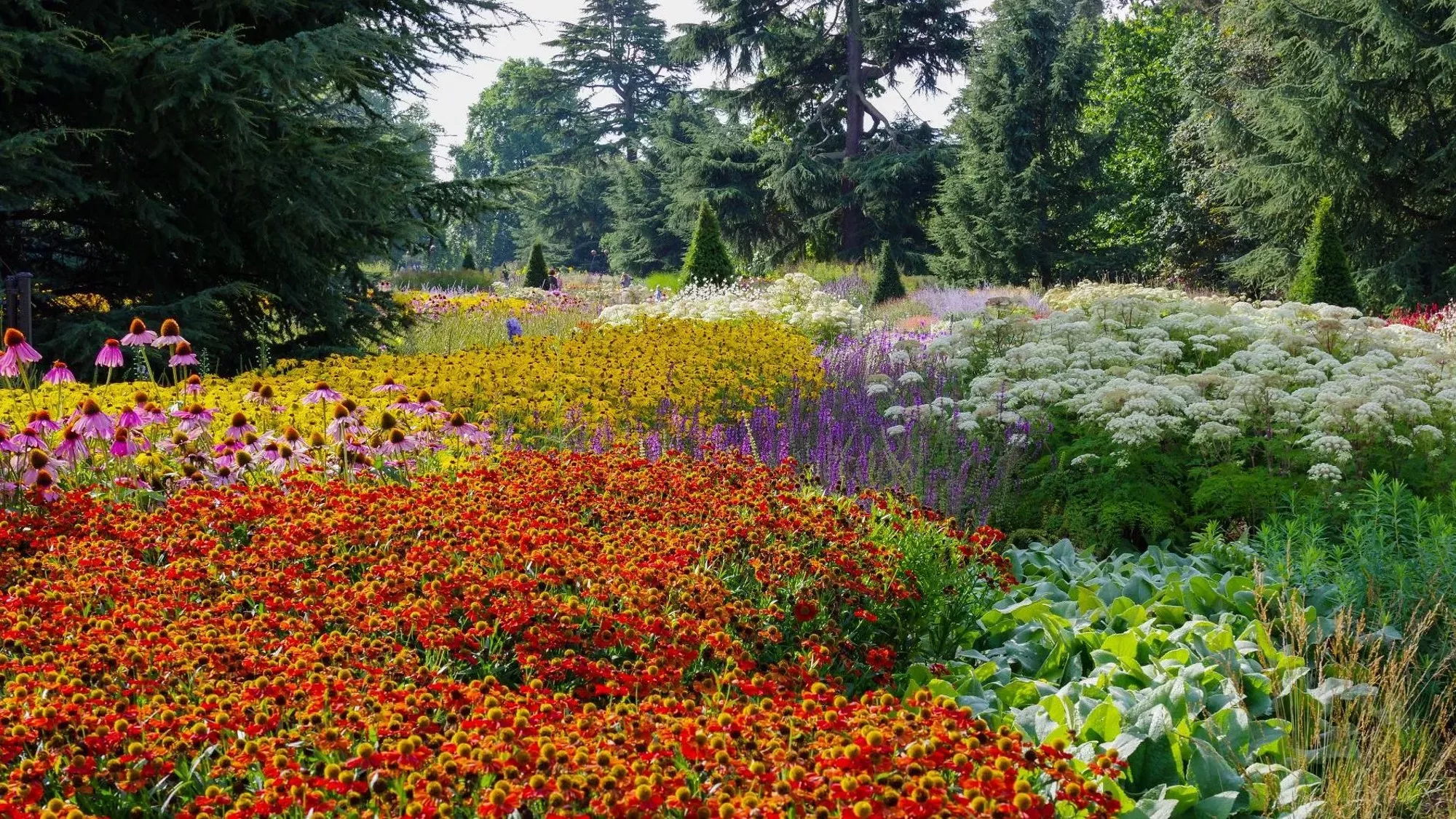
Ornamental grasses, such as pampas grasses (Cortaderia), and architectural seed heads, can add interesting structure and movement.
Leaves with striking natural designs are treats for the eyes and will add drama to your sensory display.
Persian shield (Strobilanthes dyerianus), fan plant (Begonia rex), and plantain lily (Hosta) are eye-catching examples.
Mix up the presentation by choosing creeping, hanging, straight standing, or miniature plant species.
To liven up the space further, consider including a water feature. A pond, fountain, or even a bird bath will create beautiful reflections, add fluidity and contrasting texture, and attract wildlife and a range of colourful birds.
Having a bench or seating area in your garden can give you the perfect opportunity to sit back, relax and admire your natural surroundings.
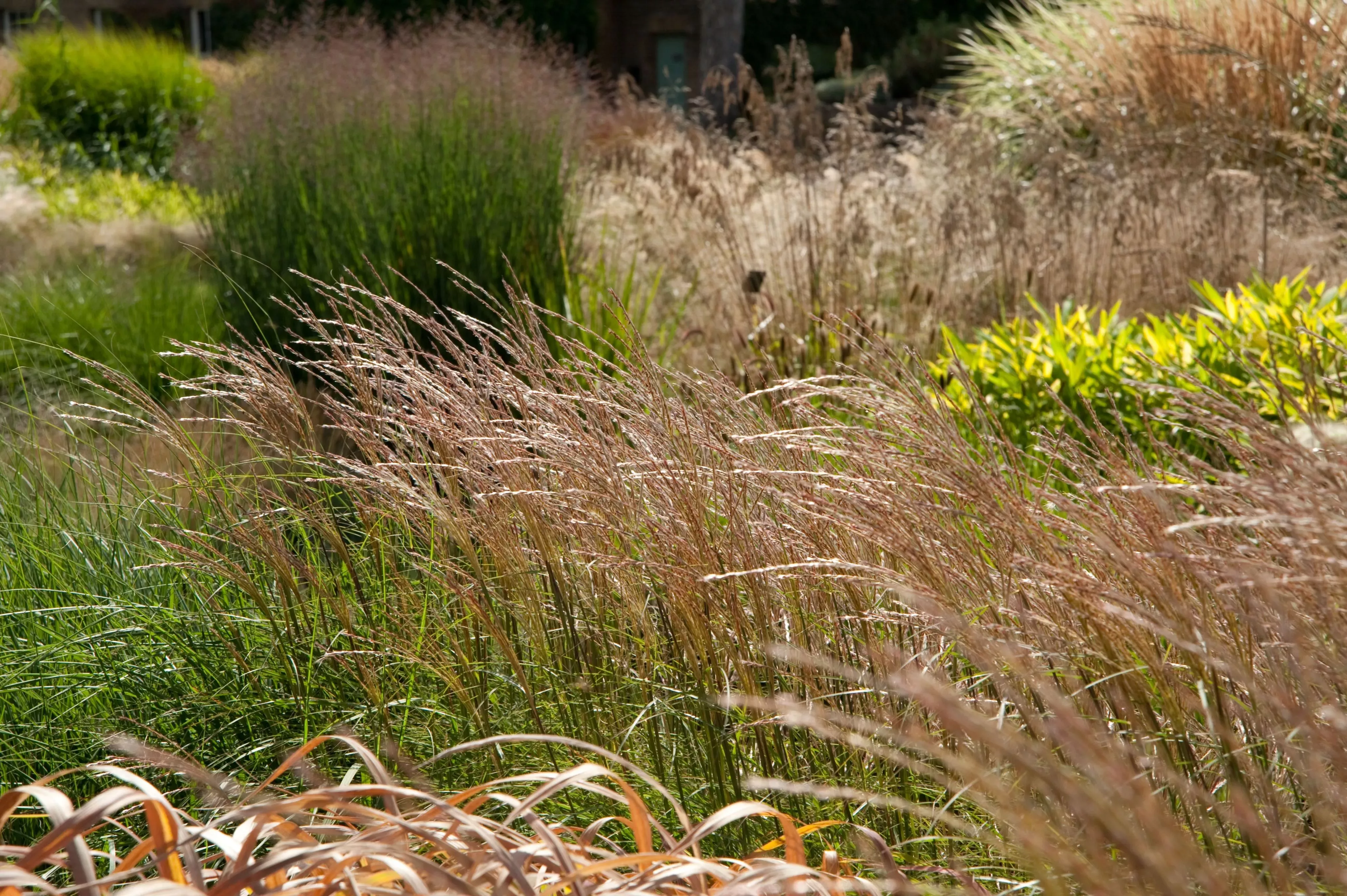
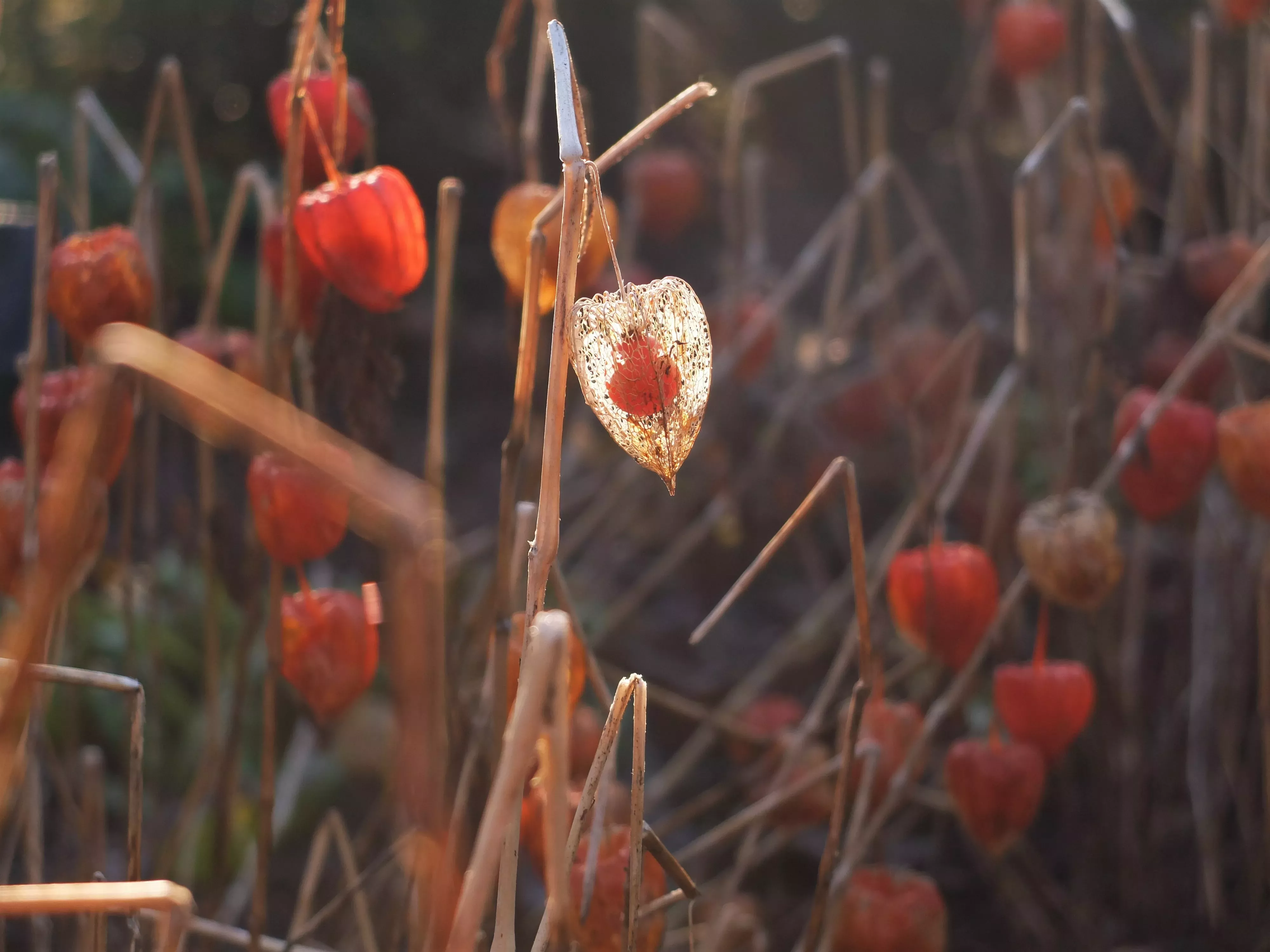
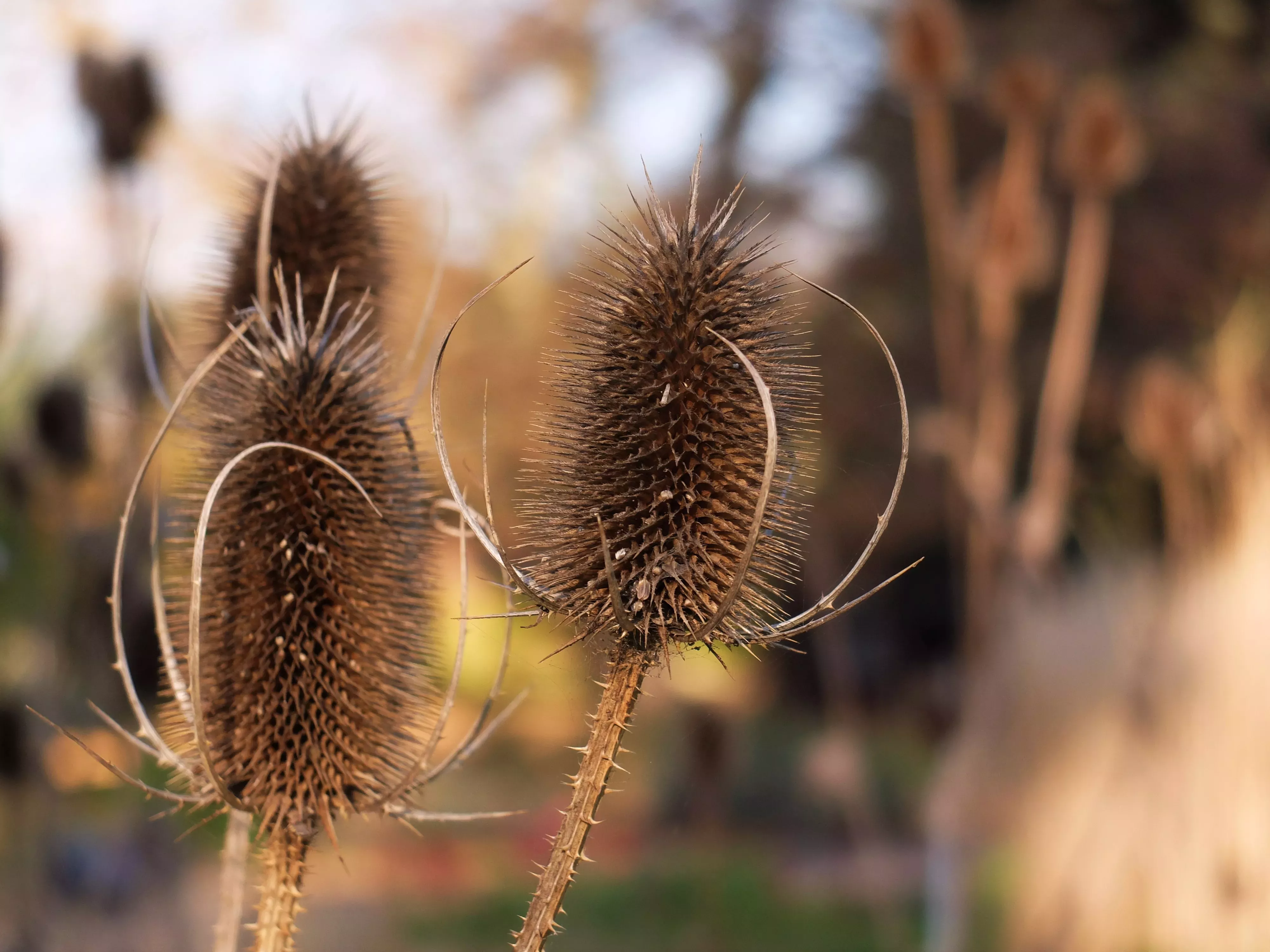
Smell
Freshly cut grass, earthy aromas, and beautiful floral fragrances are some of the great garden scents to stimulate your sense of smell.
Enhance your sensory experience with a concoction of various aromatic plants, from strong-scented roses, honeysuckle and jasmine, to lavender, rosemary, mint and sage.
Deliciously scented herbs are particularly great as they are multi-sensory and also stimulate your taste sense.
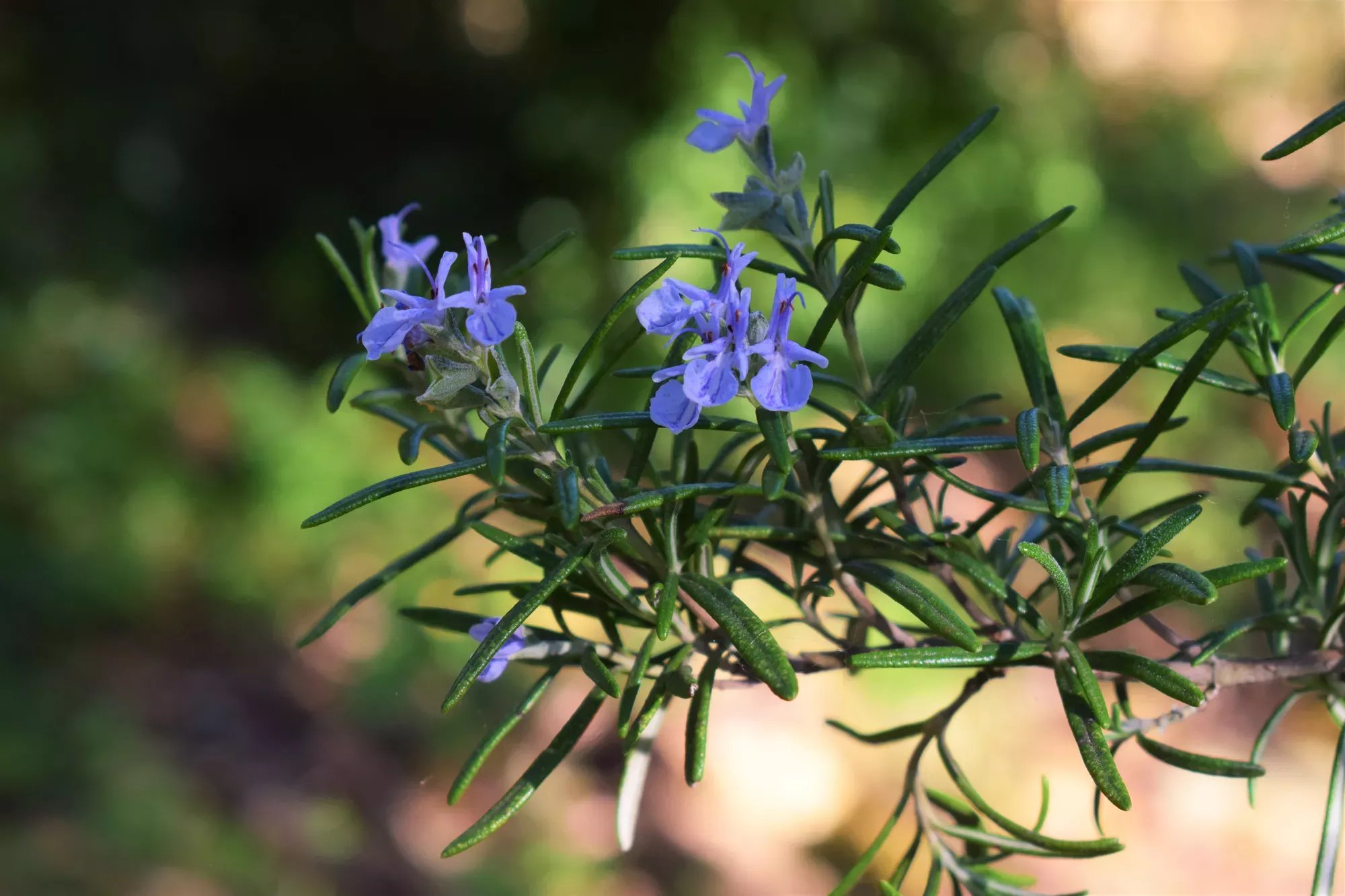
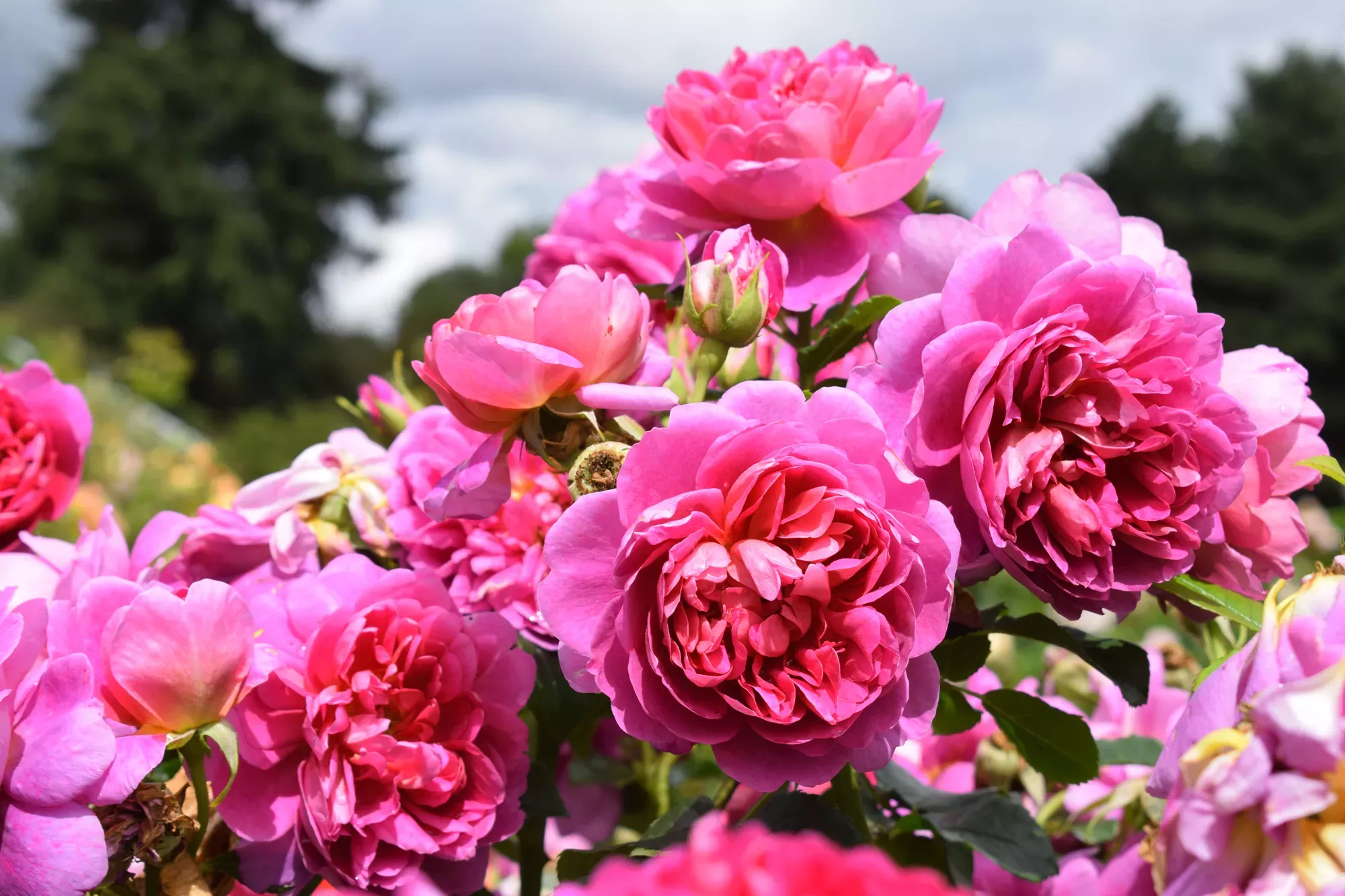
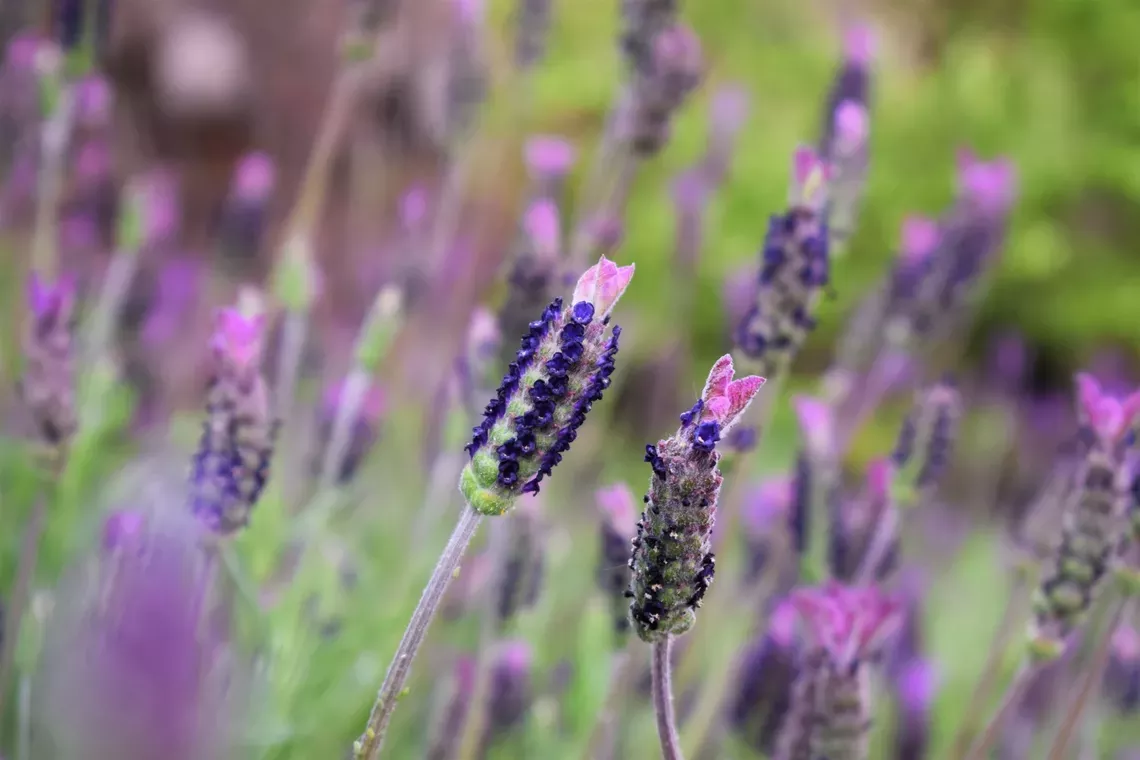
Sound
You’ll want to include elements in your sensory garden that create contrasting sounds.
Stimulate your hearing with trickling water by incorporating a waterfall or fountain in your garden.
Wind rustling through the leaves on trees, bamboo stems, grasses, and plant foliage will make different sounds as they sway with the breeze.
Plant flowers that attract wildlife, such as native wildflowers, to hear the sound of buzzing bees and other insect pollinators.
Keep birds happy and present in your garden by having a bird bath and feeder. Bird song is a beautiful and musical addition to your aural landscape.
Add some crunchy gravel, or small or large stones to an area of your garden. As you walk on them, the hard material will create contrasting sounds to softer elements. Take a look at our Japanese Landscape for some inspiration.

Touch
To create sensory delight for your touch, you’ll want to make the most of different surfaces and textures.
Incorporate contrasting elements that are hard, soft, smooth, rough, solid or fluid.
The soft furry leaves of Lamb’s ears (Stachys byzantina), feathery and plumed ornamental grasses, and the smooth surface of succulents are all lovely and soothing to touch.
Rough seedpods, tree bark and spongy mosses all offer a variety of fun textures.
Why not use smooth pebbles to mark out a pathway or circle a pond? Or use rough natural stone boulders to add texture.
Walls, sculptures and other structures can add a stimulating textural element to your garden, whether made from stone, brick, glass or metal.
Water features are wonderful for engaging your touch, as the fluid water flows over your hands, offering a refreshing contrast.
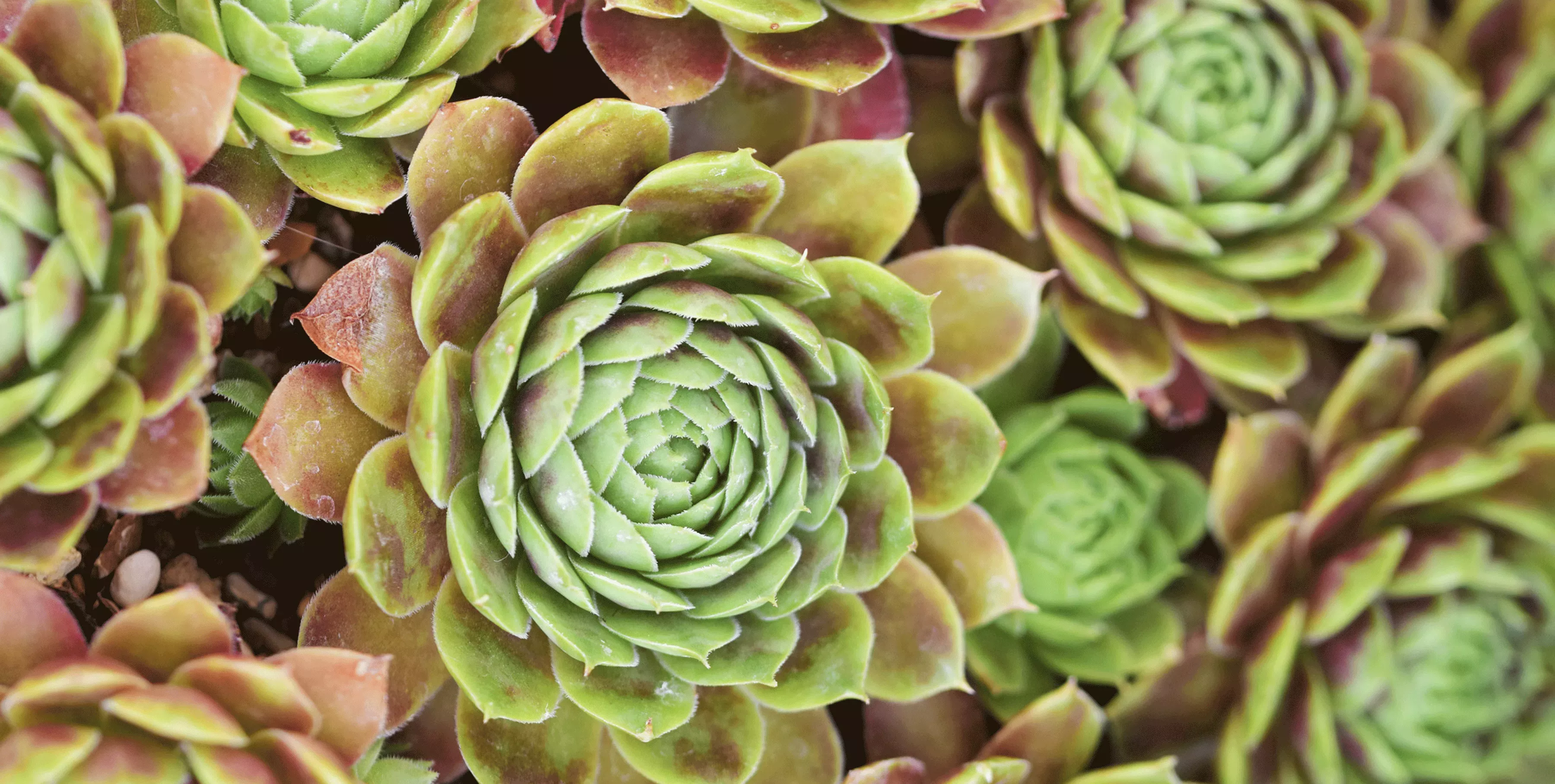
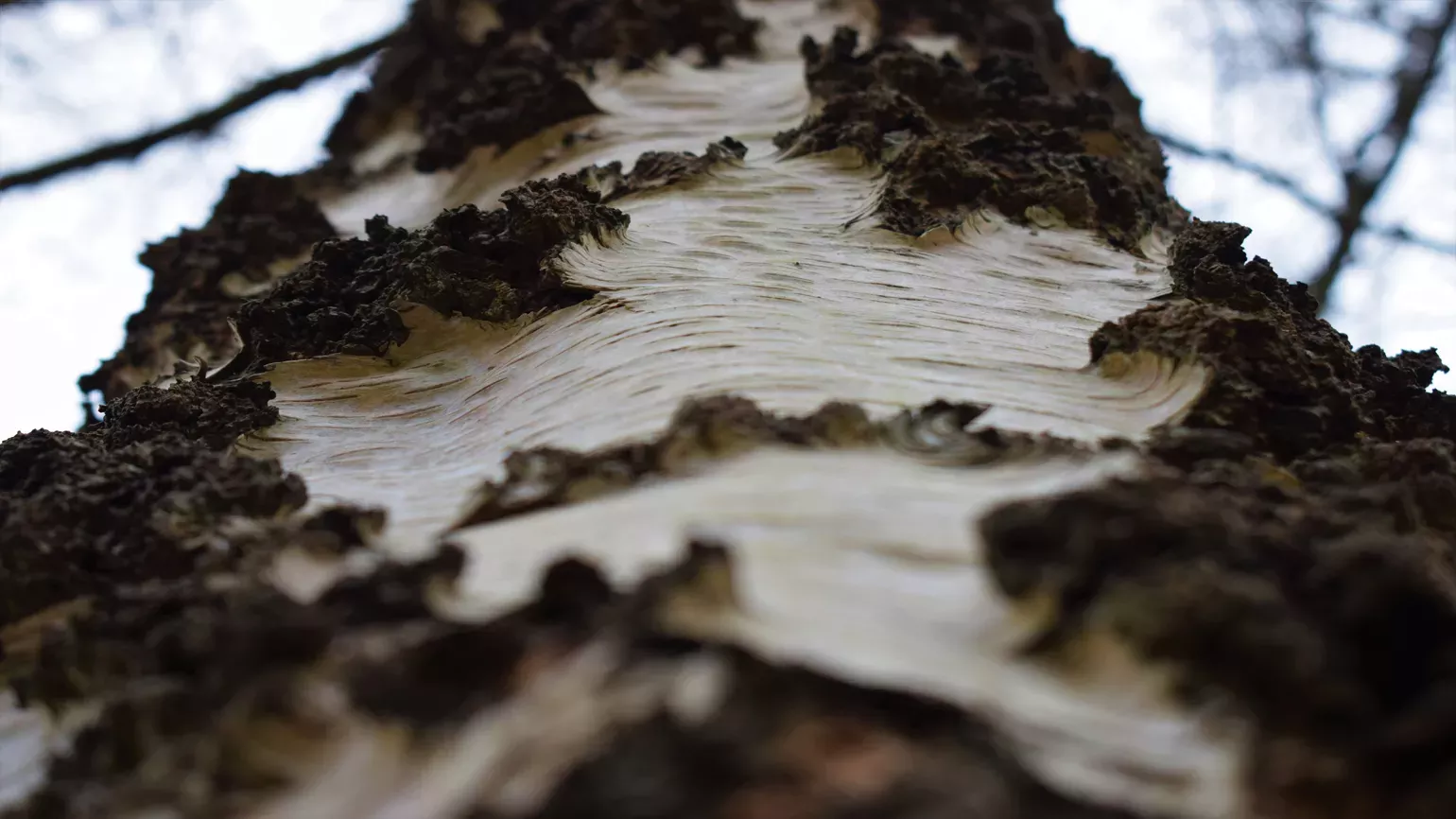
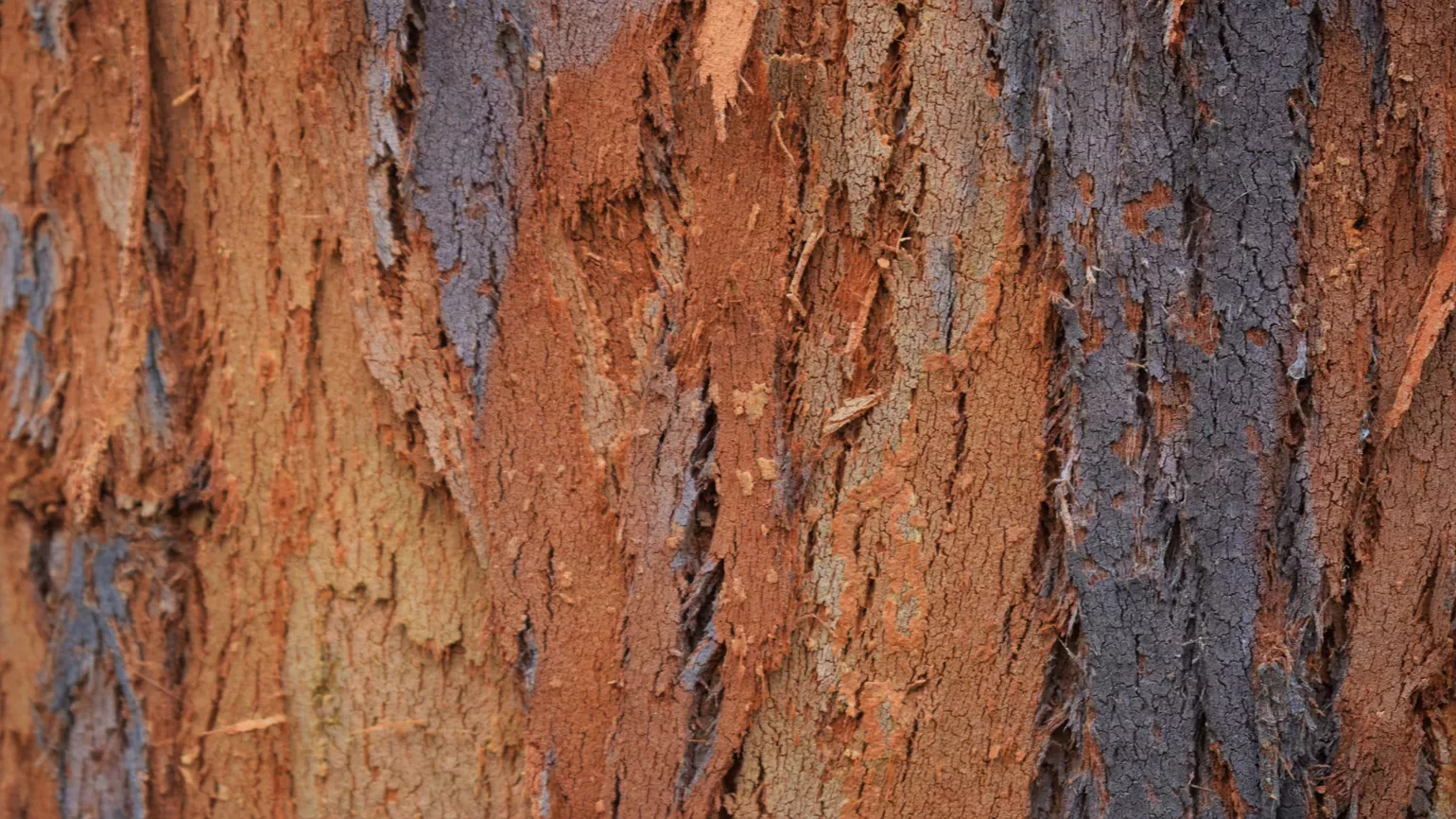
Taste
Scintillate your taste buds with fresh herbs, vegetables and fruits.
You might have a designated vegetable patch or perhaps have space on your balcony to grow herbs and vegetables.
If you don't have any outdoor space, find out the best vegetables to grow on your windowsill.
From carrots, chili peppers and tomatoes, to apples, strawberries and blackberries, there are so many fruit and veg options for your taste garden.
Herbs such as basil, coriander, mint and parsley are tasty treats to include.
You might also grow edible flowers for a bit of taste variety.
Did you know? Many of the most commonly-known edible flowers come from herbs, such as lavender, sage, and chamomile.
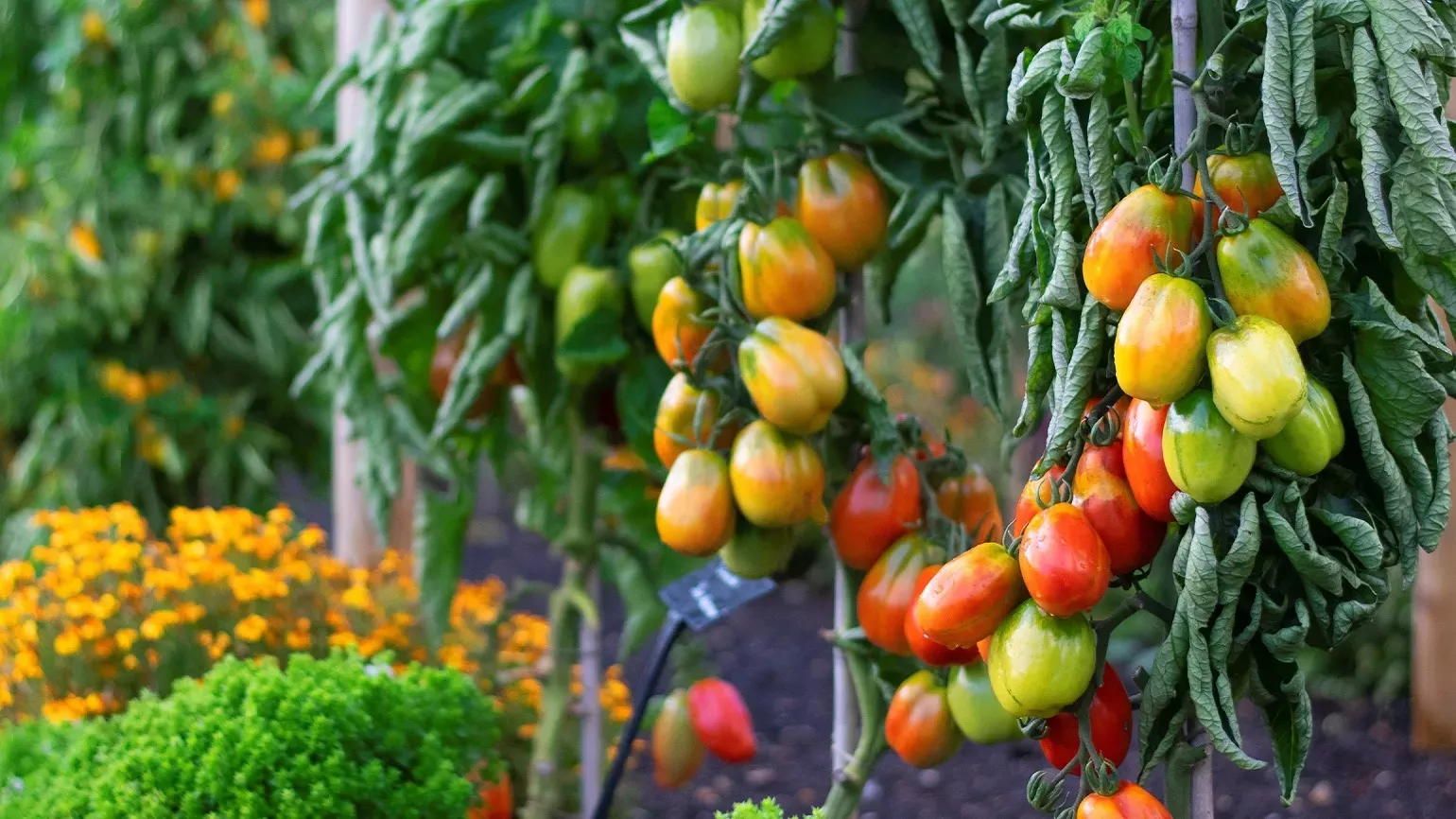

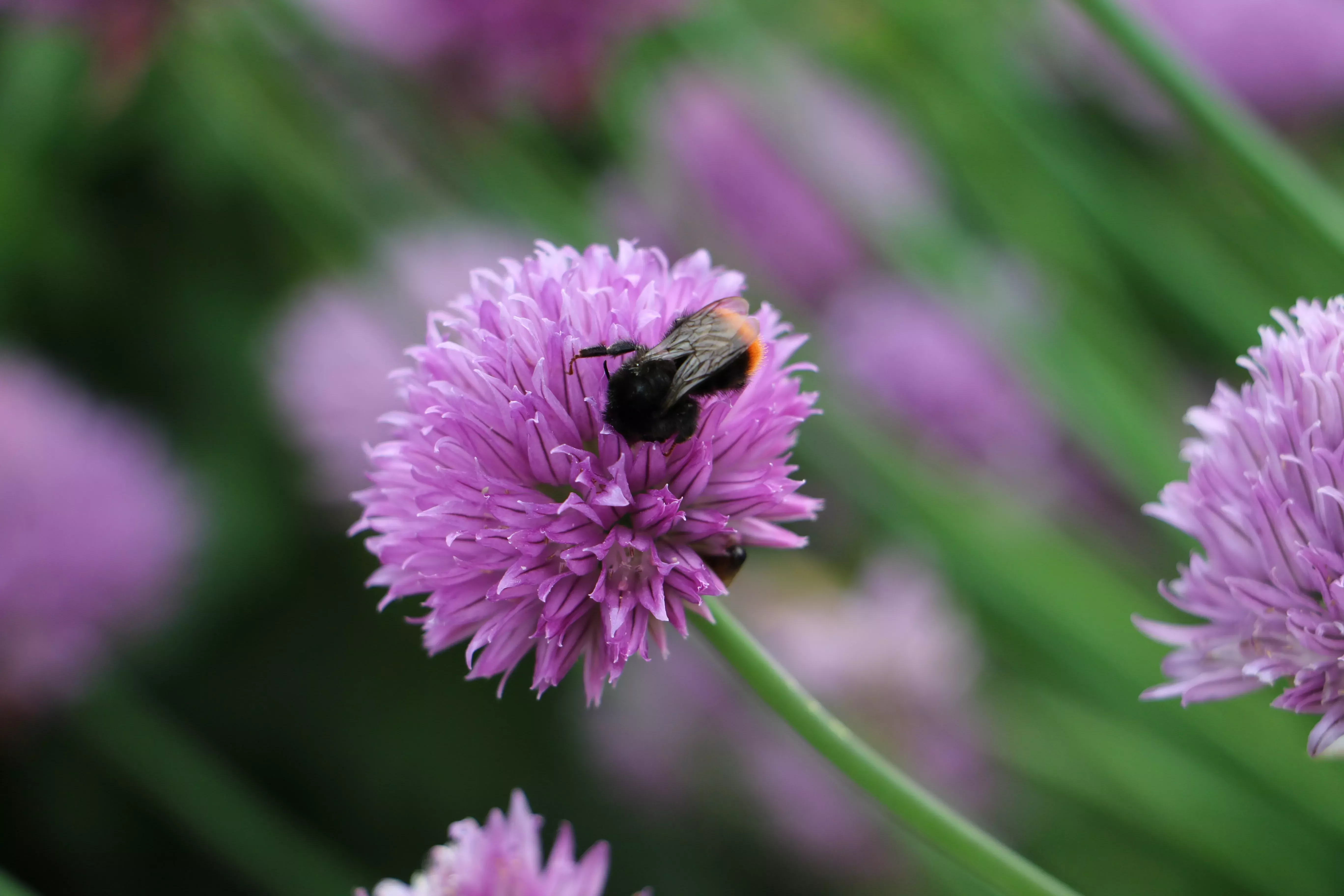
Sensory connection technique
Once you’re in your flourishing sensory garden, you'll be able to tune in to your surroundings, connect to nature and notice the effect on your senses.
To help you along the way try this quick technique. Take a deep breath and focus on:
- 5 things you can see
- 4 things you can touch
- 3 things you can hear
- 2 things you can smell
- 1 thing you can taste
This multi-sensory practice can help calm and focus your mind, with your sensory garden being the perfect soothing escape.
